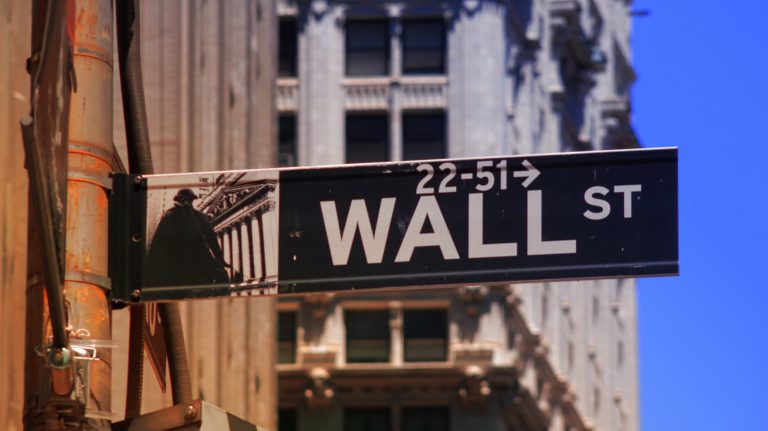The US stock market faced significant declines as trading entered its final hour on Monday, continuing a recent trend of heightened volatility.
The S&P 500 fell by 3.3%, with its losses fluctuating throughout the day.
During the morning session, the index was down as much as 4.3%, but by lunchtime, it had managed to reduce its decline to approximately 1.8%.
S&P 500 and Nasdaq Composite lead declines
The S&P 500’s drop of 3.3% reflects the broader market’s struggles, but the technology-heavy Nasdaq Composite faced even more severe losses.
The Nasdaq was down 3.8% as tech stocks, which have been under pressure in recent days, resumed their sell-off. Additionally, the small cap-focused Russell 2000 index also experienced a sharp decline, falling by 3.7%.
Treasury yields add to market volatility
Adding to the market’s turbulence, the yield on the policy-sensitive two-year Treasury note saw notable fluctuations. It ended the day fractionally higher at 3.89%.
Overnight, the yield had dropped to a 16-month low but managed to climb as high as 3.95% in the afternoon. This reversal in Treasury yields underscores the uncertain environment investors are navigating.
Market sentiment and future outlook
The persistent volatility in the US stock market has been driven by a mix of economic data, geopolitical concerns, and investor sentiment.
The morning’s steep decline followed by a partial recovery and then another downturn indicates a market struggling to find direction amid conflicting signals.
Investors are grappling with various factors, including the Federal Reserve’s monetary policy stance, inflationary pressures, and potential economic slowdowns.
The tech sector, which had previously been a significant driver of market gains, is now experiencing pronounced sell-offs, contributing to broader market instability.
Impact on investors and strategies
For investors, the current market conditions necessitate a careful reassessment of strategies. Diversification remains crucial, as sectors and asset classes react differently to economic shifts.
Tech stocks, which have shown vulnerability, might require cautious revaluation, while bonds and other safer assets could offer some stability amidst the volatility.
As trading concluded on Monday, the US stock market’s sharp declines highlighted the ongoing volatility and uncertainty facing investors.
With the S&P 500 down 3.3%, the Nasdaq Composite falling 3.8%, and Treasury yields fluctuating, market participants are bracing for continued unpredictability.
In the coming days, investors will likely be closely monitoring economic indicators and Federal Reserve signals to navigate these turbulent times.
The post Wall Street bleeds more in Monday’s final trading hours, S&P 500 down 3.3% appeared first on Invezz



